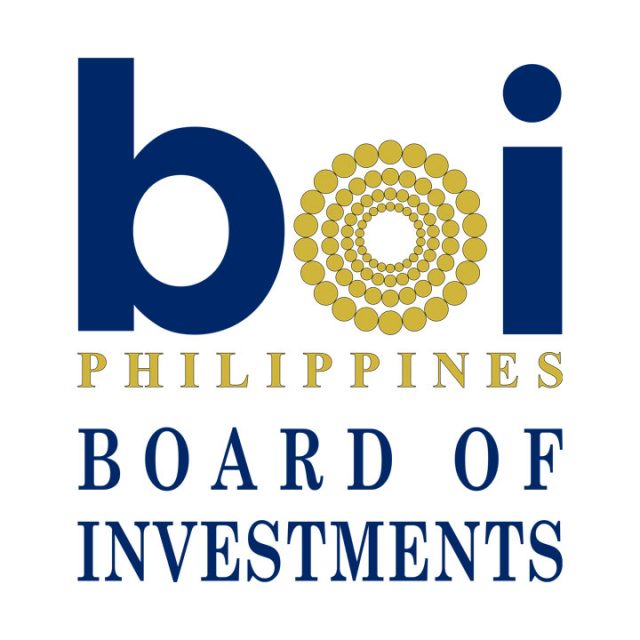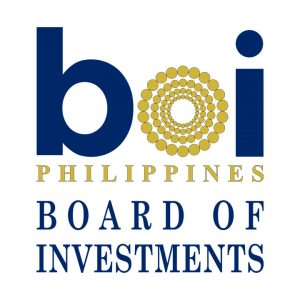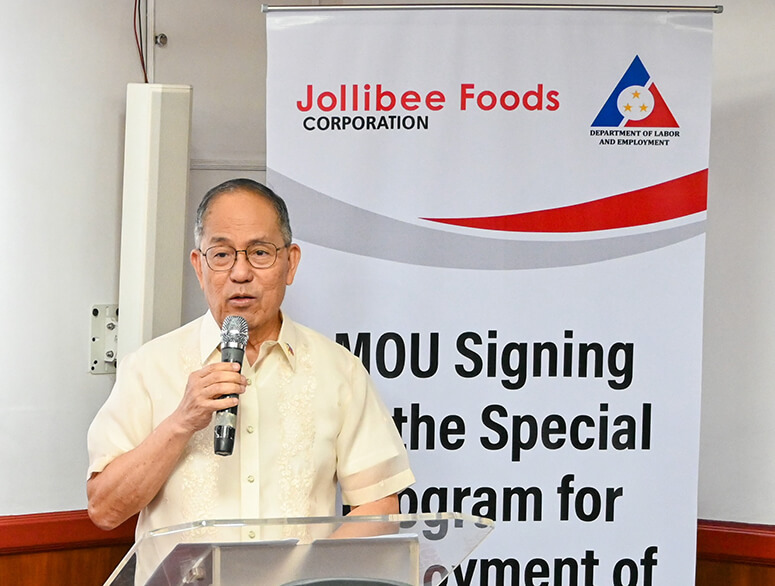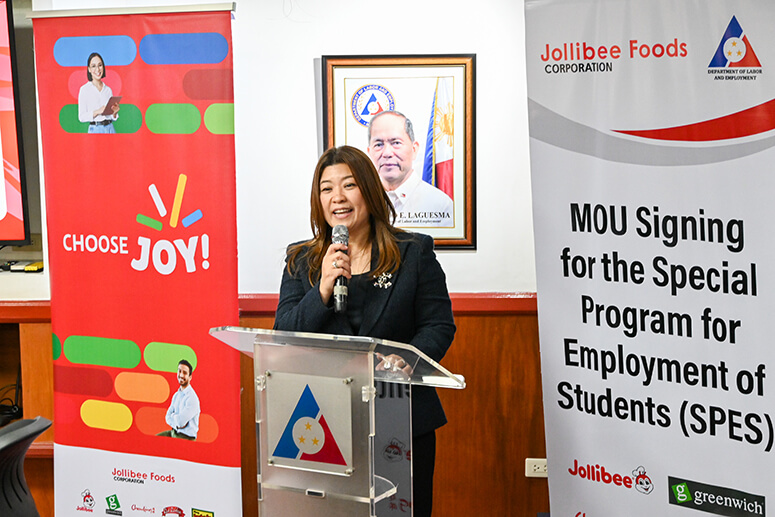Trump proposes alternative election debate on Fox News but Harris says no

ATLANTA — Republican presidential nominee Donald Trump proposed to debate Democratic Vice President Kamala Harris on Fox News on Sept. 4, but the Harris campaign countered that Mr. Trump was trying to back out of a debate that had already been set to run on ABC.
The rules would be similar to the first debate with President Joseph R. Biden, who has since dropped his reelection bid, Mr. Trump said in a post on Truth Social late on Friday. But this time it would have a “full arena audience” and take place in the battleground state of Pennsylvania, Mr. Trump said.
Mr. Trump and Mr. Biden had agreed to a second debate on Sept. 10 on ABC News, which the former president had suggested should be moved to Fox, the most popular network with his followers.
Ms. Harris, who on Friday secured the delegate votes needed to clinch the Democratic nomination for the Nov. 5 election, said on Saturday she plans to participate in the originally planned debate.
“It’s interesting how ‘any time, any place’ becomes ‘one specific time, one specific safe space,’” she wrote on social media platform X. “I’ll be there on Sept. 10, like he agreed to. I hope to see him there.”
Ms. Harris’ spokesperson Michael Tyler said Mr. Trump was “running scared” and that her campaign was happy to discuss further debates after the Sept. 10 one that “both campaigns have already agreed to.”
On Saturday, Mr. Trump said on Truth Social that Ms. Harris is “afraid to do it” and that he will see her on Sept. 4, “or, I won’t see her at all.”
Both candidates have been crisscrossing the country aggressively, with Mr. Trump trying out fresh lines of attack against Ms. Harris, who some polls show is in a virtual dead heat with the former president.
At a rally in Atlanta on Saturday night, Mr. Trump attacked Ms. Harris’ character and the policies she has promoted as vice president, and he continued to raise questions about her racial identity.
On Thursday, Mr. Trump had falsely suggested to the country’s largest annual gathering of Black journalists that Ms. Harris had downplayed her Black heritage. Harris, who is of Indian and Jamaican heritage, has long self-identified as both Black and Asian. She attended a traditionally Black university, where she joined a prominent Black sorority.
Mr. Trump, speaking at the same stadium where Ms. Harris held a rally on Tuesday, said on Saturday that there were “19 different ways” of pronouncing Harris’ first name, while also calling her a “lunatic” with a “low IQ.” Before Mr. Trump took the stage, his campaign displayed an article on a large screen referring to Ms. Harris as the “first Indian-American senator.”
The former president also dedicated much of his speech to attacking Georgia’s Republican governor, Brian Kemp, and the state’s Republican secretary of state, Brad Raffensperger. Both men drew Mr. Trump’s wrath for failing to overturn Mr. Trump’s election loss to Mr. Biden in Georgia in 2020.
Mr. Trump’s combative performance contrasts with the advice of some senior Republicans who have called on him to avoid attacks on Ms. Harris’ identity and friendly fire directed at conservatives.
Following Mr. Trump’s speech, the Harris campaign released a statement by Geoff Duncan, the Republican lieutenant governor of Georgia from 2019 to 2023 and a vocal Trump critic.
“If you were able to see through Donald Trump’s incoherence and vindictiveness tonight, you saw a Donald Trump who does not care about uniting this country or speaking to the voters who will decide this election,” Mr. Duncan said.
DEBATE ‘TERMINATED’?
In his Friday post on Truth Social, Mr. Trump said the ABC debate had been “terminated in that Mr. Biden will no longer be a participant” and because he himself was in litigation with ABC.
ABC on July 26 outlined qualification requirements for the debate but did not mention any candidates by name. Those requirements include proving polling support and state ballot access by Sept. 3.
Recent polls show a tight contest between Ms. Harris and Mr. Trump, who had opened a clear lead over Mr. Biden after the president’s fumbling, halting performance first debate.
ABC News had no comment about Mr. Trump’s statement, a spokesperson said. Fox News did not respond to a request for comment.
Mr. Trump’s proposal for the debate on Fox came right after the Democratic National Committee launched an advertising campaign taunting him by saying “the convicted felon is afraid to debate” and questioning whether that is due to his stance on abortion.
David Plouffe, an adviser to former President Barack Obama who recently joined the Harris campaign, posted on social media: “Now, he seems only comfortable in a cocoon, asking his happy place Fox to host a Trump rally and call it a debate. Maybe he can only handle debating someone his own age.”
Mr. Trump is 78, and Ms. Harris is 59. — Reuters





 The Board of Investments (BoI) approved P202.97 billion worth of investment in July, up 24038% from the P840.9 million investments approved in the same month last year.
The Board of Investments (BoI) approved P202.97 billion worth of investment in July, up 24038% from the P840.9 million investments approved in the same month last year.








